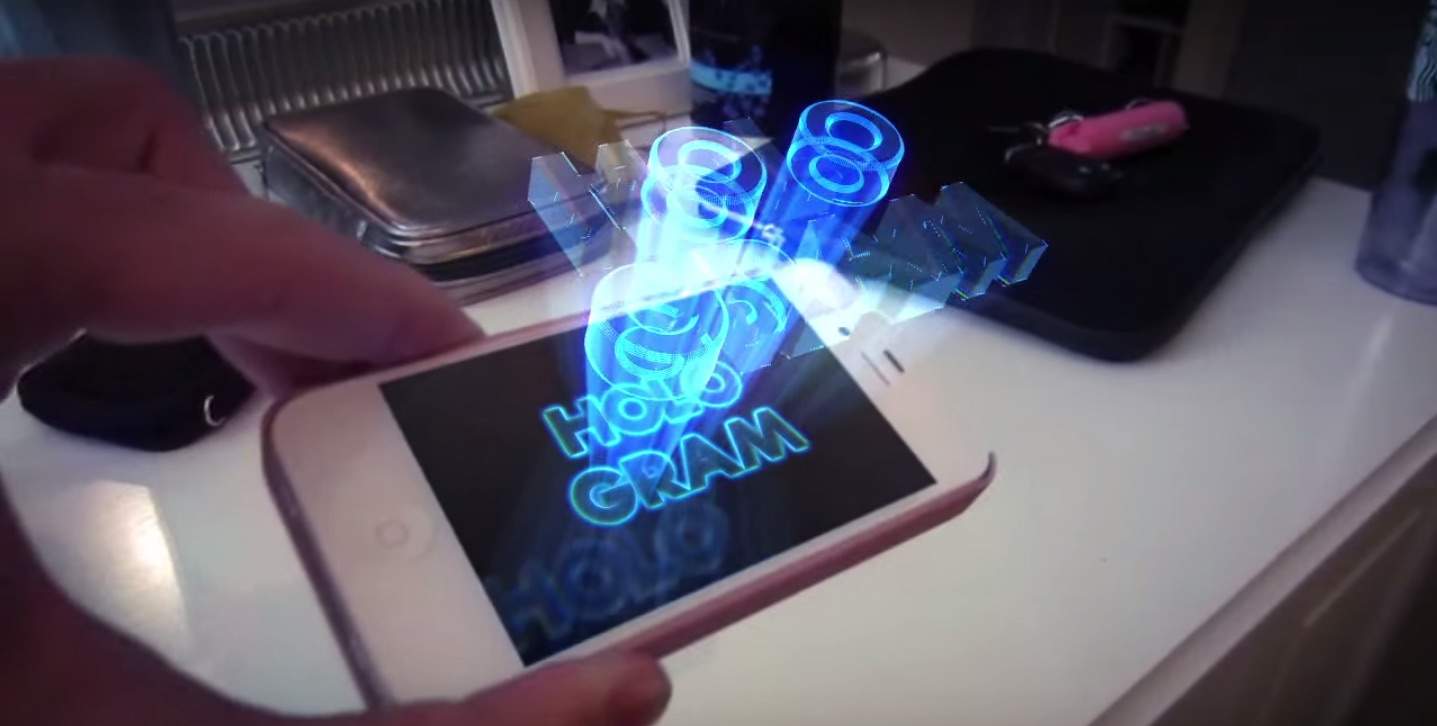It looks like the future of VR is already here. The latest reports reveal that iPhones can be turned into holographic projectors by a new algorithm.
iPhones can become holographic projectors
Experts have created a method to produce 3D full-color holographic images via smartphone screens instead of using lasers.
Incorporating 3D displays in augmented or virtual reality technology has the potential to take it to the next level.
Whether it’s for gaming, education, or other applications, the addition of 3D displays can create a more immersive and interactive user experience.
“Although holography techniques can create a very real-looking 3D representation of objects, traditional approaches aren’t practical because they rely on laser sources,” said research team leader Ryoichi Horisaki, from The University of Tokyo in Japan.
“Lasers emit coherent light that is easy to control, but they make the system complex, expensive, and potentially harmful to the eyes.”
The researchers at Optica Publishing Group have developed a new method for creating 3D color images using computer-generated holography (CGH).
The technique requires only an iPhone and a spatial light modulator optical component, and is made possible by a new algorithm they developed.
The researchers were able to produce a 3D color image consisting of two holographic layers using this method. Their findings have been published in the Optics Letters journal.
“We believe that this method could eventually be useful for minimizing the optics, reducing costs, and decreasing the potential harm to eyes in future visual interfaces and 3D display applications,” said Otoya Shigematsu, the paper’s first author.
“More specifically, it has the potential to enhance the performance of near-eye displays, such as the ones being used in high-end virtual reality headsets.”
Experts are focused on minimizing optical components and eliminating impractical requirements in conventional optical systems.
Holographic displays that use low-coherence light could enable realistic 3D displays while at the same time reducing costs and complexity.











Leave a Reply